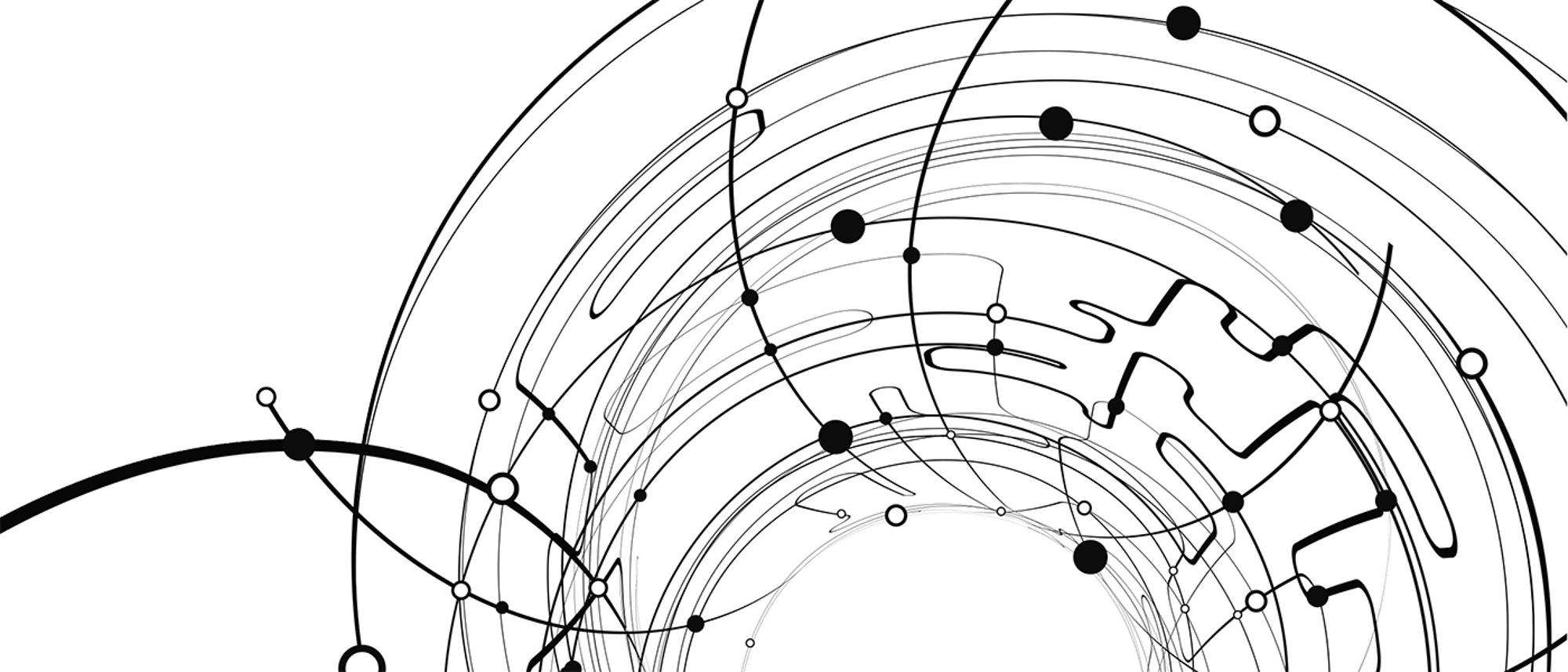The 2013 commission was Tristia II for flute, viola, cello, guitar, harpsichord by Hafliði Hallgrímsson. The piece was premiered on 7 November 2013 and was conducted by William Sweeney, himself a recipient of the commission in 1981 and 1989. Members of the ensemble were Richard Craig (flute), Ian Anderson (viola), Duncan Strachan (cello), Ian Watt (guitar), and Kevin Bowyer (harpsichord).
The piece, in six movements, revisits themes from an earlier work, Tristia, conceived as an imaginary homecoming to Iceland, Hallgrímsson's country of birth.

The Tristia II ensemble following the performance with composer Hafliði Hallgrímsson and conductor William Sweeney.

Listen to… an extract of the Tristia II premiere
Programme note
Hafliði Hallgrímsson (b. 1941) - Tristia II
Tristia II op. 48 for flute, guitar, viola, cello and harpsichord, is a fairly close but all the same a rather distant relative to an earlier composition of mine entitled Tristia op.8a, for guitar and cello. This original version was composed especially for the Icelandic guitarist Pétur Jónasson and myself, to perform at the Reykjavík Arts Festival in 1984.
It is a common practice among painters, to paint not only the same model several times, but also to paint familiar landscapes or objects again and again. Cézanne and Mount Saint-Victoire, and Monet and his paintings of haystacks come to mind. The nearest composers come to this way of working, brings to mind the variation form, when a theme is revisited several times and transformed into a set of variations, each of which is different but related through the repeated use of a basic theme. Tristia II is perhaps the closest I have come to working in that way, by taking an old composition of mine and reworking it in a relatively free variation form.
This McEwen commission has given me the opportunity to revisit the original Tristia, composed in 1983, with my aim in mind, to bring this original composition closer to its innate potential, and to allow old material to prosper in a new way, not only by adding flute, viola and harpsichord, but also by varying, extending, and creating a much richer and more interesting sound world.
Tristia II is in six contrasting movements. All the instruments are given prominent roles throughout the whole piece, both as soloists as well as partnering other instruments in duos and trios, and lending colouring to often rather dense accompaniment. Tristia II is also more energetic and rhythmic in some of the movements. In the quieter movements there is certain emphasis on colour and atmosphere, which has its origins in the original composition, which I saw then as an imaginary visit to Iceland, my country of birth.
Hafliði Hallgrímsson 2013
Performer biographies & full details of the Tristia II premiere can be found in the McEwen concert programme 2013.
Hafliði Hallgrímsson
Hallgrímsson began his musical life as a cellist, spending twenty years playing with orchestras in Iceland, England and Scotland. A lifelong interest in writing music, and studies with Peter Maxwell Davies and Alan Bush, led him to give up his performing career in 1983 to compose full time. Unsurprisingly, works for strings are central to his catalogue, most of his large ensemble works being for strings only. Often inspired by visual art (Hallgrímsson is himself an accomplished painter), his unique language is both eerie and paradoxical; with repeated listening, the seemingly simple can unveil mysterious depths, and the impenetrable can reveal itself with unexpected clarity.

